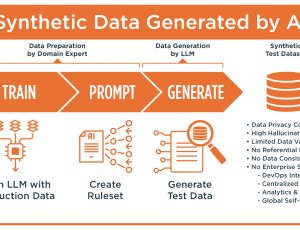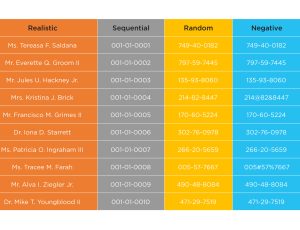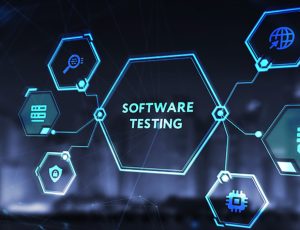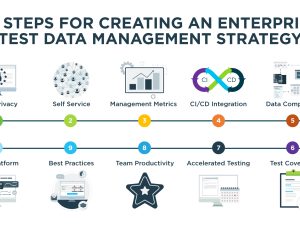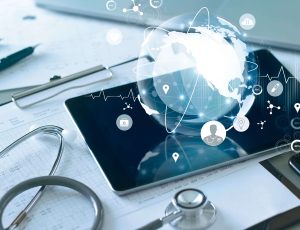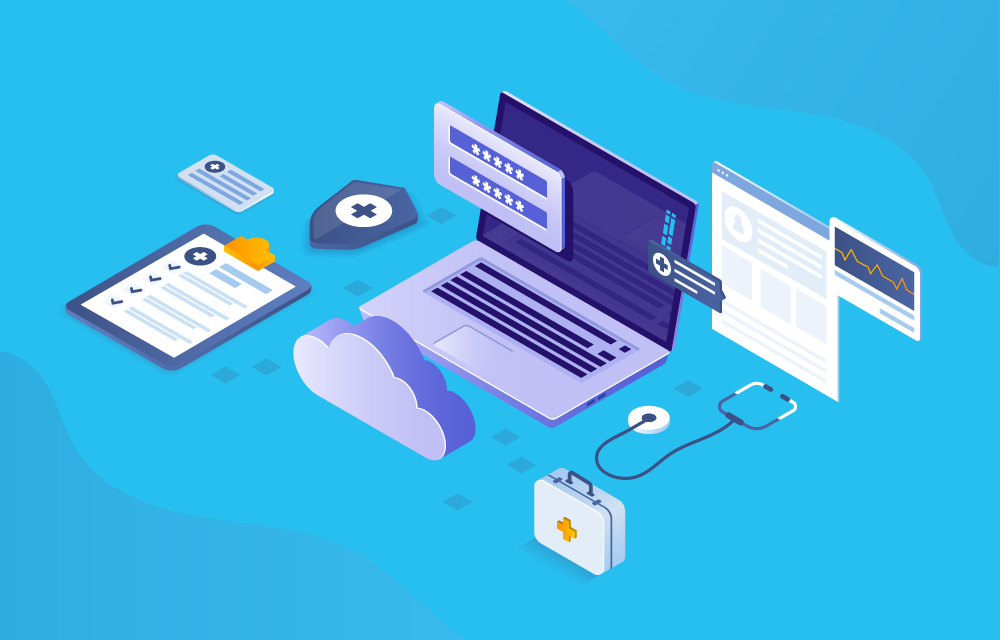
Secure Cloud Transformation in Healthcare
The meaningful use of electronic health records (EHR) has been at the forefront of the healthcare IT conversation since the 2014 American Recovery and Reinvestment Act. As of 2019, the CDC reports that 89.9% of healthcare practices such as physicians’ offices are actively using at least some or all of an EHR management system.
The goal behind EHR is to enable physicians to access patient records regardless of time or location – and for patients, to easily share records with a multitude of healthcare providers without the need to hand off physical paperwork, which is easily lost or misplaced.
To make electronic health records easily shared and accessed, the industry relies on cloud computing – the interoperability of remote network servers to process, store, and retrieve vast amounts of data. Such systems communicate via the internet, and therein lies the challenge for every entity touching the EHR records chain: how can systems and platforms be thoroughly tested using accurate data without compromising personal health information?

Acceleration of Cloud Transformation in Healthcare
It’s almost a cliche by now to say, “The pandemic changed everything” but it did, especially for cloud transformation in healthcare. Healthcare facilities that lagged behind their peers in cloud adoption suddenly found themselves faced with the dual drivers of EHR mandates and the need to keep vulnerable patients safe from infection during the COVID pandemic. Virtual visits and online interaction with patients became the norm rather than the exception, and with it, the cloud transformation in healthcare accelerated, data proliferated, and new, cost-effective ways of producing test data were needed.
API Security at Risk
One of the remaining issues in the cloud transformation of healthcare is ensuring that the APIs are secure. APIs are the connectors among software platforms in the healthcare IT ecosystem. Like doorways into a home, they may be latched with a deadbolt lock (or several) or accidentally left open, leaving a way for bad actors to siphon off PHI, a nightmare for everyone involved. Imagine the risk to the developers who built the API and the healthcare facilities using software that relied on it.
Whenever PHI is exposed, even during the millisecond it takes to transmit it among cloud servers or to and from internet access points, there is a risk that data can be exposed. Healthcare records are among the most valuable on the darknet. No one likes the thought of their list of medications or health issues shared beyond the confines of the doctor-patient relationship. Yet at the same time, we cannot go back to the days when patients carried manilla folders of medical records with them to every healthcare appointment.
From tablets used by nurses and doctors to record patient interactions to IoT healthcare devices like glucose meters and heart monitors, healthcare data continues to proliferate. And with this proliferation comes risk. To mitigate this risk, software engineers and developers must test their platforms against every known potential risk. Crossing their fingers and hoping for the best doesn’t suffice when someone’s life may be on the line.
Current Manual Data Production Methods Inadequate
Most software developers use spreadsheets or tables to build testing data. Most often, this is done by taking actual data and scrubbing personally identifying information from it. Imagine row after row of PHI that a developer needs to scrub before allowing the team to use it in testing. It can take hours, days, weeks, even months to produce the thousands of anonymous records needed to test all possible data scenarios. Testing APIs against every conceivable intrusion with high volume and controlled test data from which all PHI has been removed seems like an enormous task.
Synthetic Data Enables Safe, Robust Systems Testing
Imagine if the software team could set aside their spreadsheets and scrubbed production data forever. Synthetic data makes this possible while allowing for any volume of controlled and accurate test data to be produced in a fraction of the time it takes to provision data from manual or production data sources.
Synthetic data isn’t just “made up” information. Random data elements wouldn’t enable the thorough testing required in healthcare IT. Instead, synthetic test data is produced to match, mirror, and mimic real production data elements at lightning speed. This ability to produce test data quickly, in quantity, and in multiple combinations and configurations ensures unparalleled test coverage and speed.
There are many scenarios in which synthetic data can be used in cloud-based healthcare application development. A few to consider:
- To test the effectiveness of IoT remote health monitoring devices, where lives depend on accuracy and reliability of the device
- For functional testing of healthcare information platforms that exchange PHI via APIs over the cloud. Using synthetic test data ensures that no PHI is ever exposed at any point in the application development and testing process.
- To test platforms in the insurance, pharmaceutical, medical device, and related healthcare platforms with an abundance of data that can be used to program AI and natural language processing software;
The healthcare industry mandates strict patient privacy and data security protocols restricting the use of Personally Identifiable Information (PII). GenRocket’s HL7 compatibility and its ability to generate 100% secure test data in real-time makes test data generation a perfect match for health care software testing environments. Additionally, GenRocket’s ability to simulate X12 EDI transactions allows for thorough testing of the data feeds associated with insurance claims processing systems.
Synthetic test data offers a glimpse into the future of cloud transformation in healthcare. It enables APIs to be thoroughly tested, ensuring that engineers have done their best to secure them against many potential threats. It saves an enormous amount of time and allows teams to test many “what-if” scenarios thoroughly and completely, thus answering the unasked question of what would happen if hackers ever tried to break down the doors. With synthetic data, everyone wins – software developers, cloud hosts, engineers, healthcare professionals, health insurance providers, and most of all, patients, whose valuable records are protected thanks to well-tested systems.
Learn more about GenRocket’s synthetic test data solutions for healthcare.

